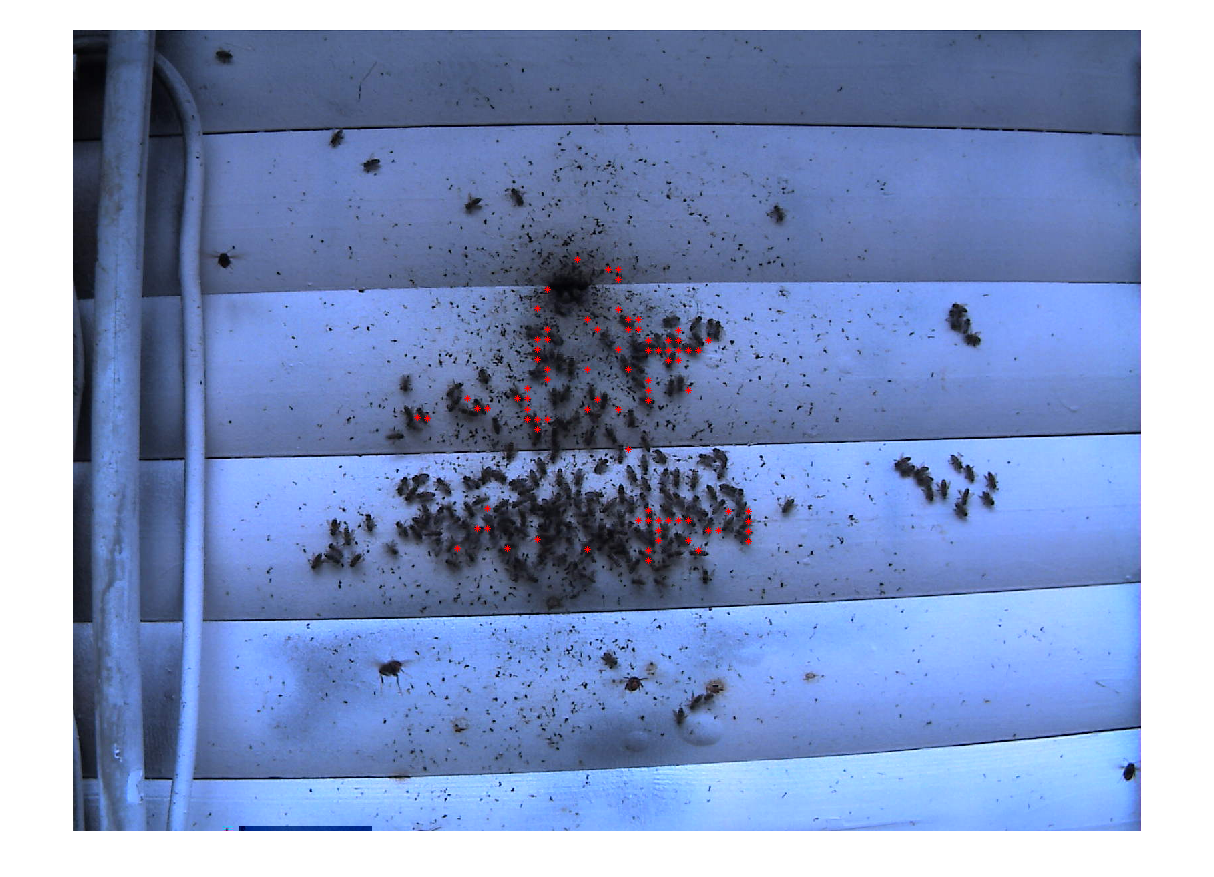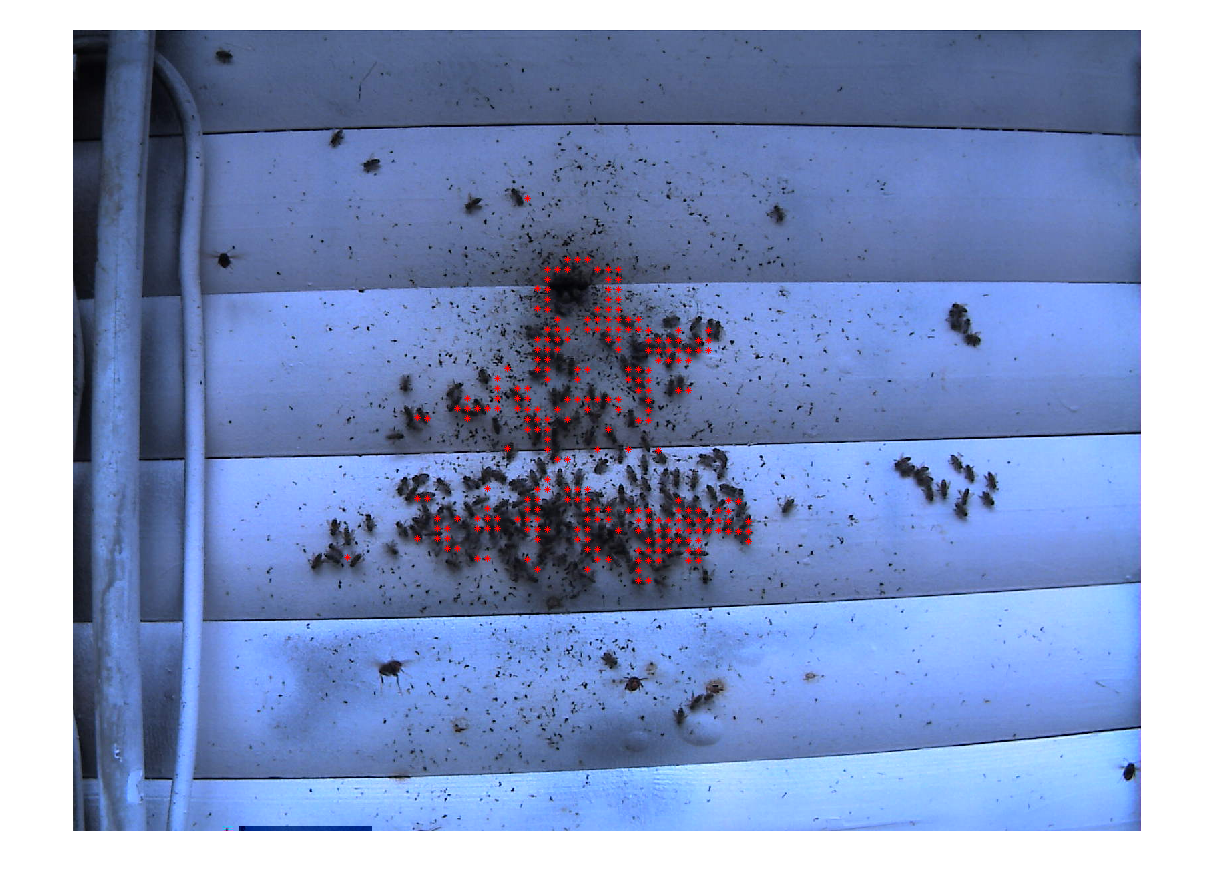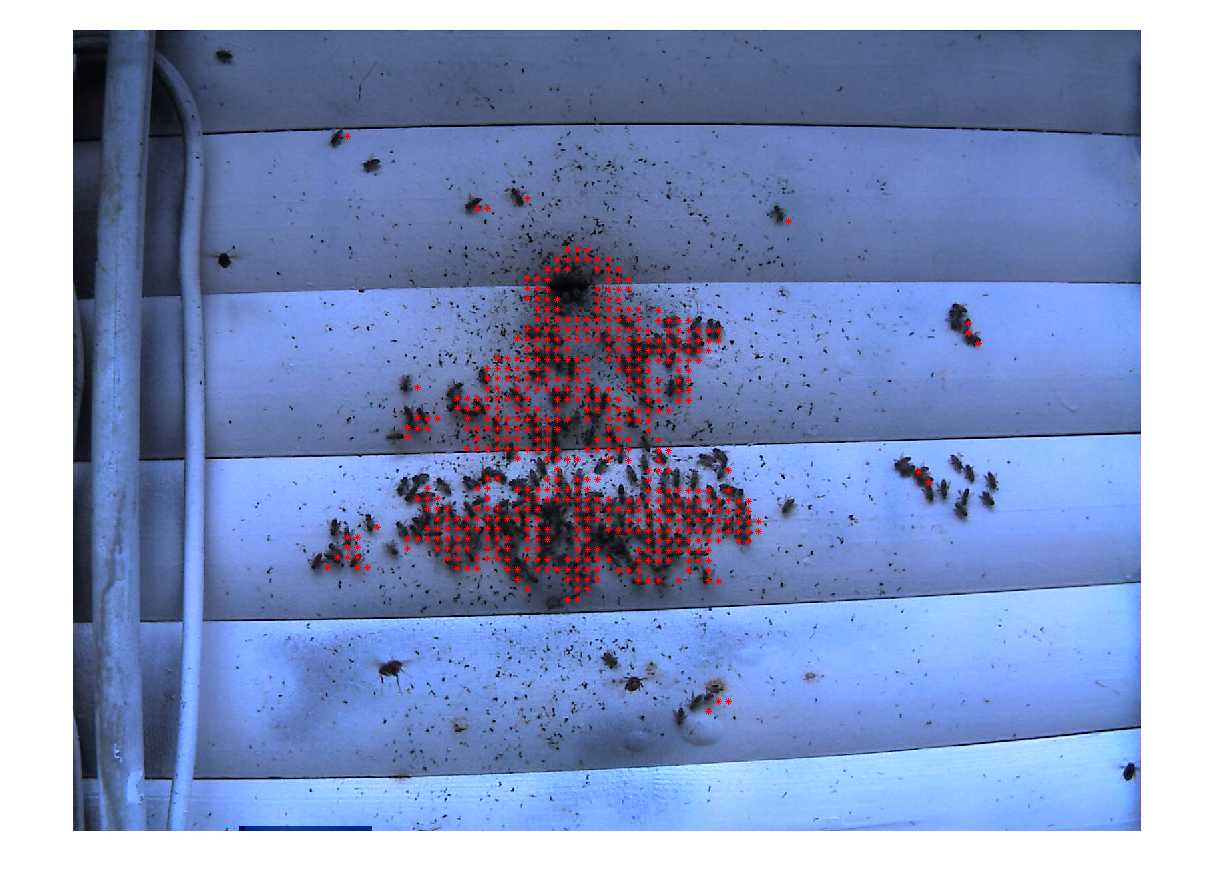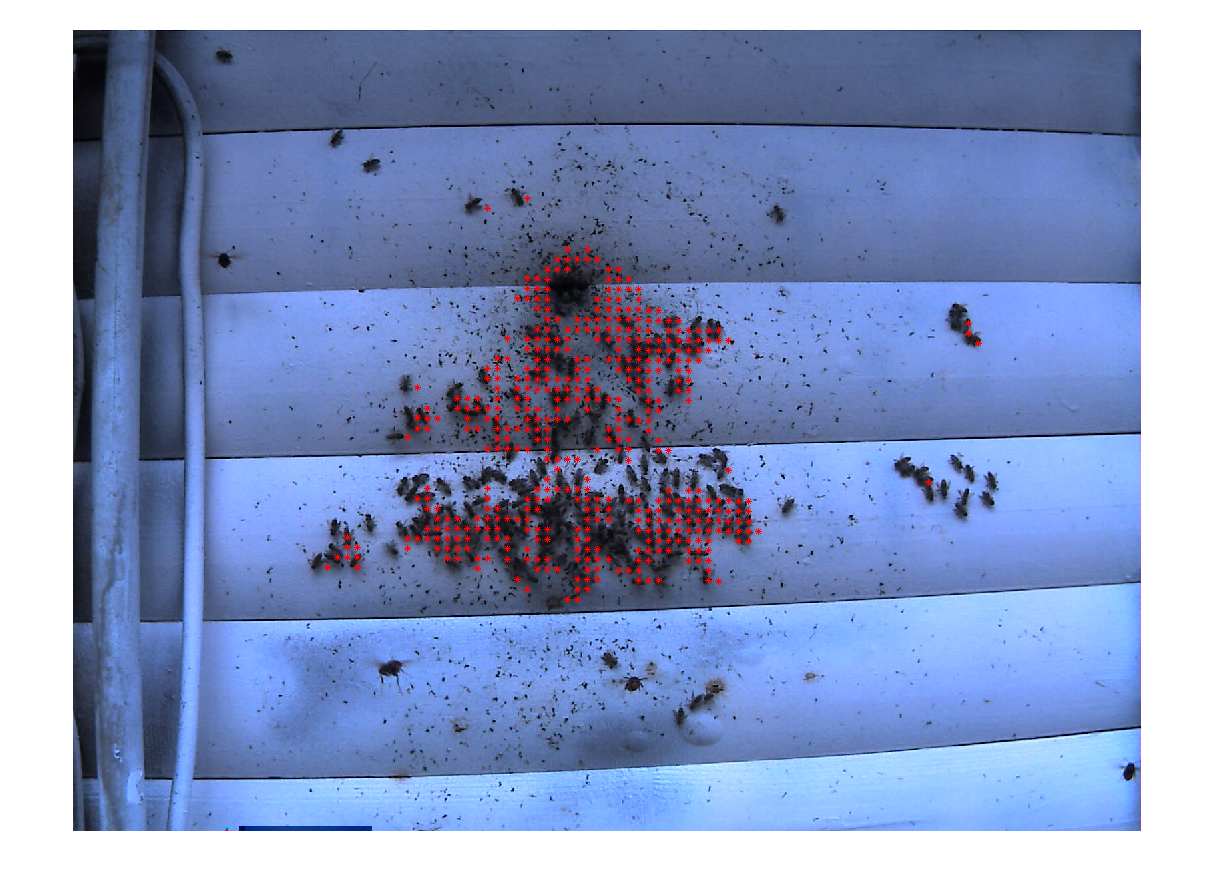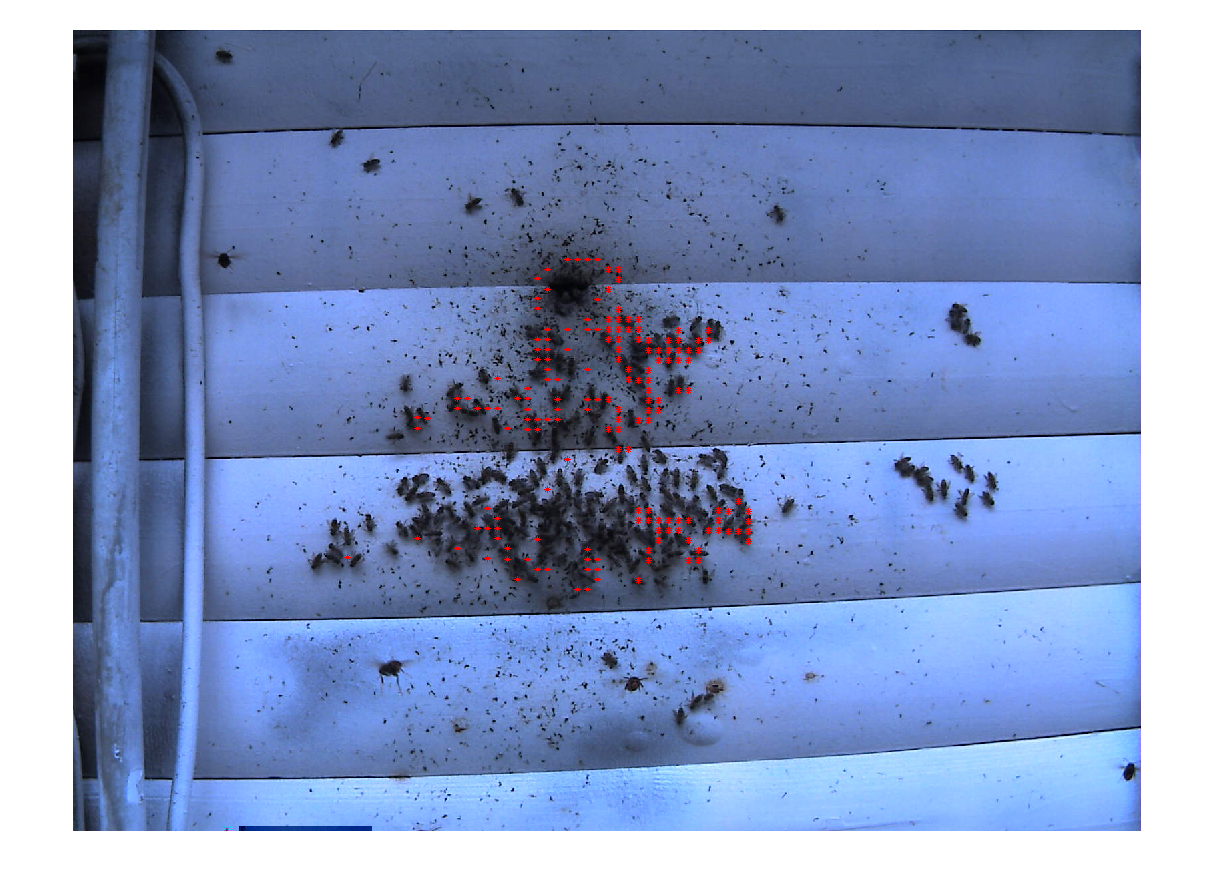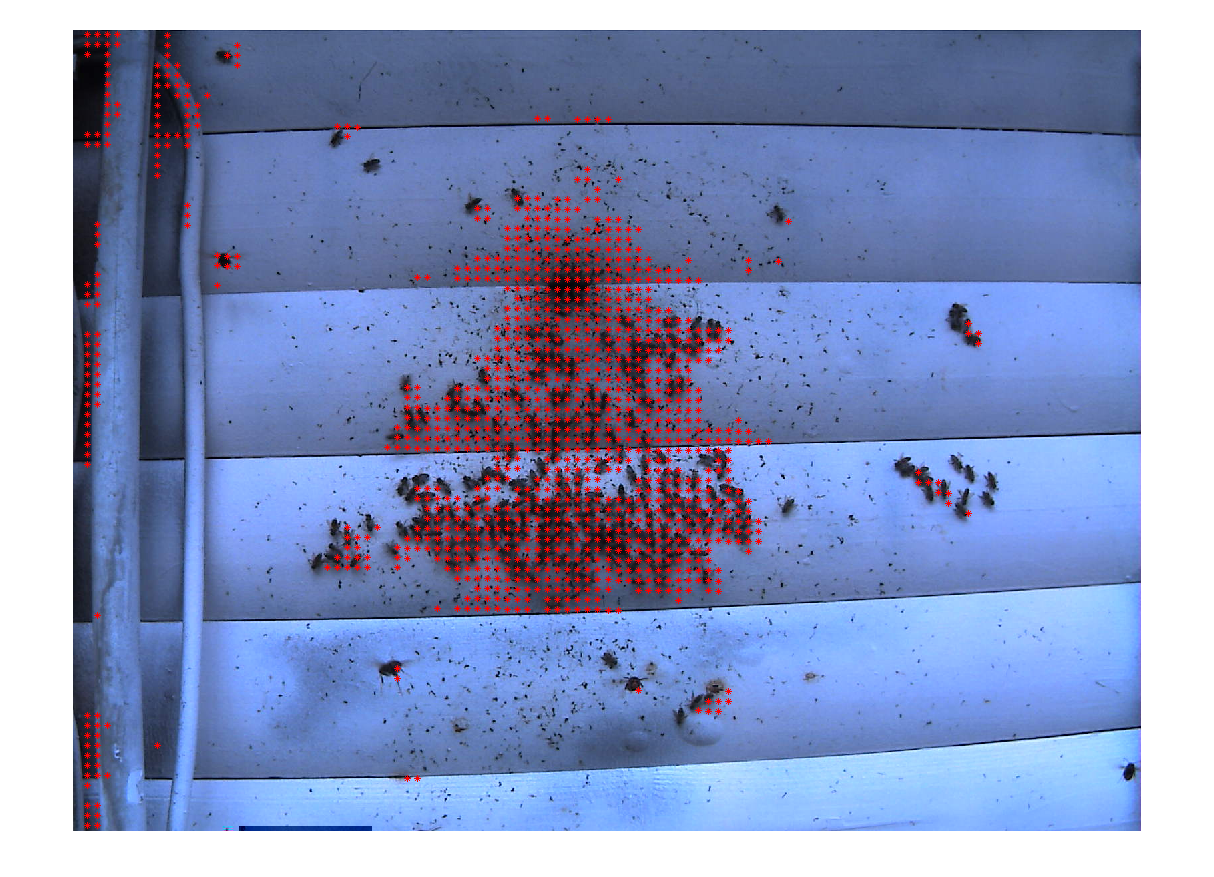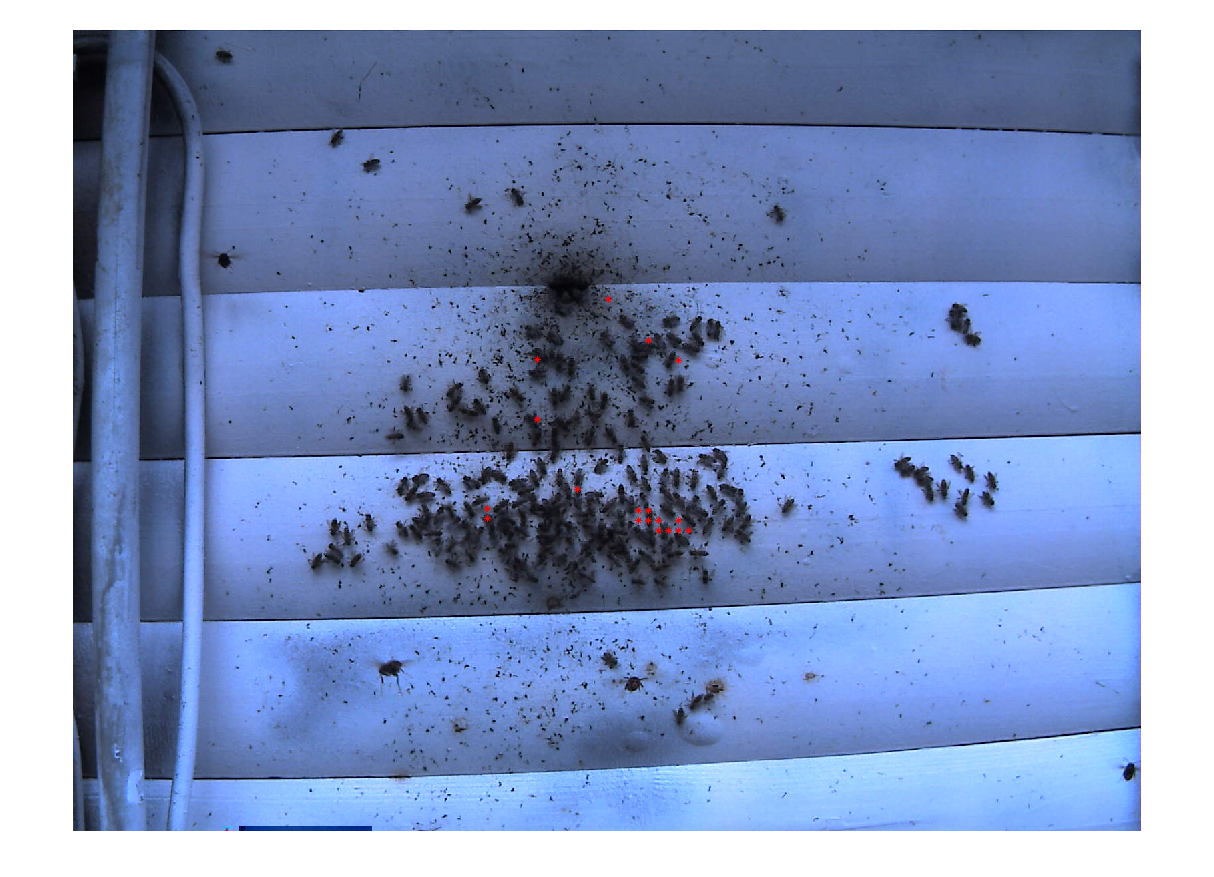reference image:

filter 7

filter 9

filter 10

UCSD CSE190a Haili Wang
Only red channel is used. Single channel is filtered by median filter and then convoluted by the different filters. These filters act as edge detectors, and toward the end they are rotated ccw about 45 degrees. These filters are hard coded.
reference image:

filter1
%f = ([1 1 5 7 5 -10 -15 -10 5 7 5 1 1]);
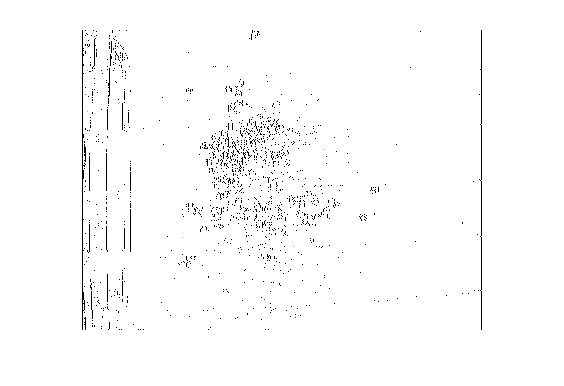
filter2
%f = ([1 1 5 7 5 0 -5 -10 -15 -10 -5 0 5 7 5 1 1]);

filter3
%f = ([ 1 5 7 5 0 -5 -10 -15 -10 -5 0 5 7 5 1]);
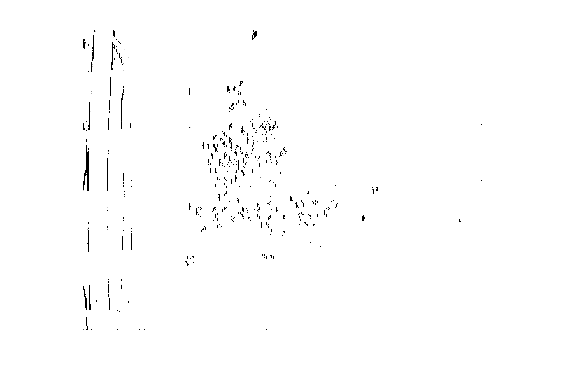
filter4
%f = ([ 1 5 7 5 -7 -15 -7 -10 5 7 5 1 ; 1 5 7 5 -10 -7 -15 -7 5 7 5 1]);

filter5
%f = ([ 1 5 7 5 0 -7 -15 -7 -10 0 5 7 5 1 ; 1 5 7 5 0 -10 -7 -15 -7 0 5 7 5 1]);
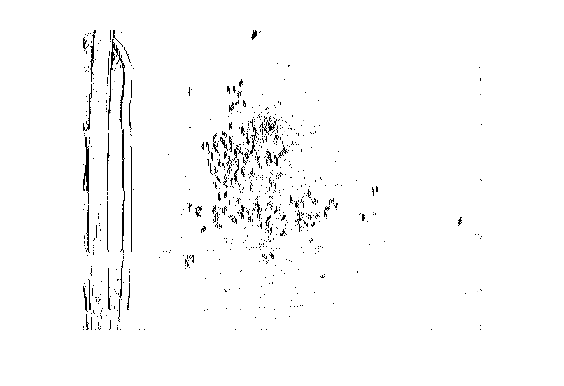
filter6
%f = ([ 1 5 7 5 0 -7 -15 -7 -3 0 5 7 5 1 ; 1 5 7 5 0 -3 -7 -15 -7 0 5 7 5 1]);
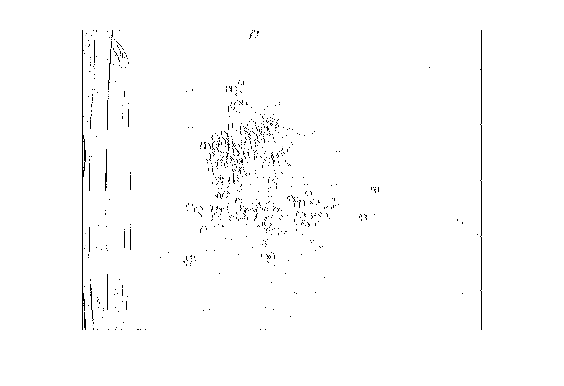
filter7
% f = ([ 1 5 7 5 0 -15 -10 -7 -3 0 5 7 5 1;
% 1 5 7 5 0 -7 -15 -7 -3 0 5 7 5 1 ;
% 1 5 7 5 0 -3 -7 -15 -7 0 5 7 5 1;
% 1 5 7 5 0 -3 -7 -10 -15 0 5 7 5 1]);

filter8
% f = ([ 1 1 5 2 -10 -7 -5 -1 0 1 2 5 1 1;
% 1 5 7 5 0 -15 -10 -7 -3 0 5 7 5 1;
% 1 5 7 5 0 -7 -15 -7 -3 0 5 7 5 1 ;
% 1 5 7 5 0 -3 -7 -15 -7 0 5 7 5 1;
% 1 5 7 5 0 -3 -7 -10 -15 0 5 7 5 1;
% 1 1 5 2 -10 -7 -5 -1 0 1 2 5 1 1]);
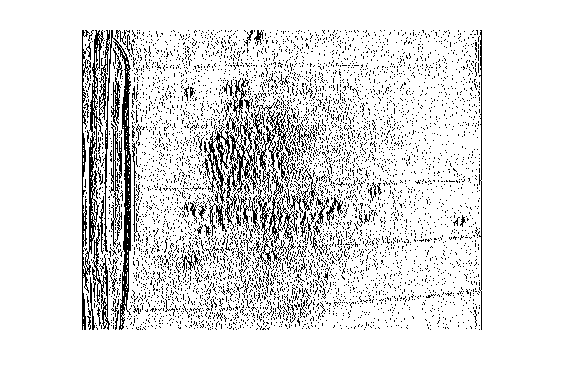
filter9
% better:
% f = ([ 1 1 5 2 -10 -7 -5 -1 0 1 2 5 1 1;
% 1 5 7 5 0 -15 -10 -7 -3 0 5 7 5 1;
% 1 5 7 5 0 -7 -15 -7 -3 0 5 7 5 1 ;
% 1 5 7 5 0 -3 -7 -15 -7 0 5 7 5 1;
% 1 5 7 5 0 -3 -7 -10 -15 0 5 7 5 1;
% 1 1 5 2 1 0 -1 -5 -7 -10 2 5 1 1]);
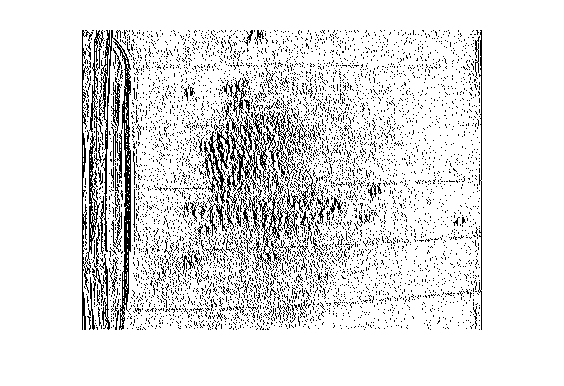
filter10
f = ([ 1 5 2 -7 -5 -2 1 1 1 2 5 2 1 1;
1 1 5 2 -10 -7 -5 -1 0 1 2 5 1 1;
1 5 7 5 0 -15 -10 -7 -3 0 5 7 5 1;
1 5 7 5 0 -7 -15 -7 -3 0 5 7 5 1 ;
1 5 7 5 0 -3 -7 -15 -7 0 5 7 5 1;
1 5 7 5 0 -3 -7 -10 -15 0 5 7 5 1;
1 1 5 2 1 0 -1 -5 -7 -10 2 5 1 1;
1 1 2 5 2 1 1 1 -2 -5 -7 2 5 1]);
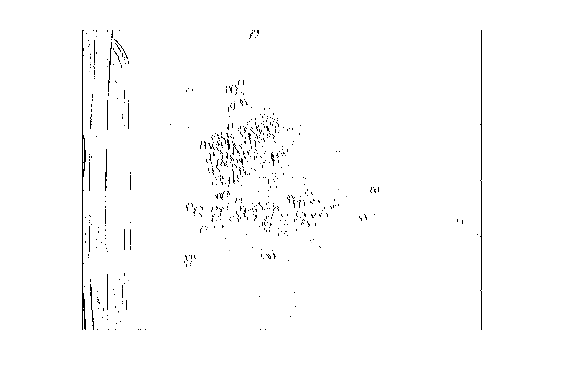
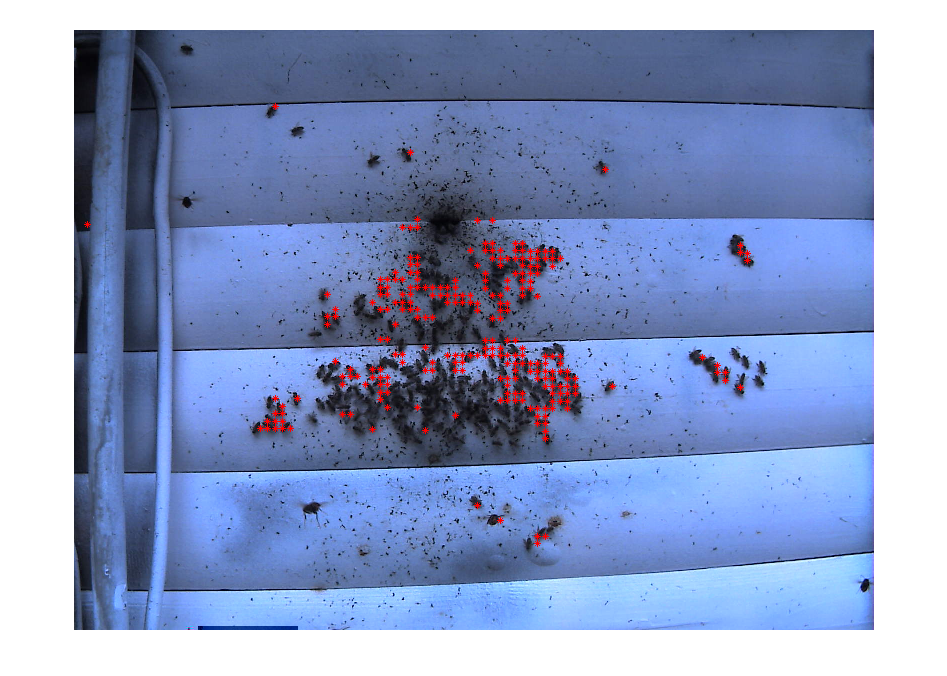
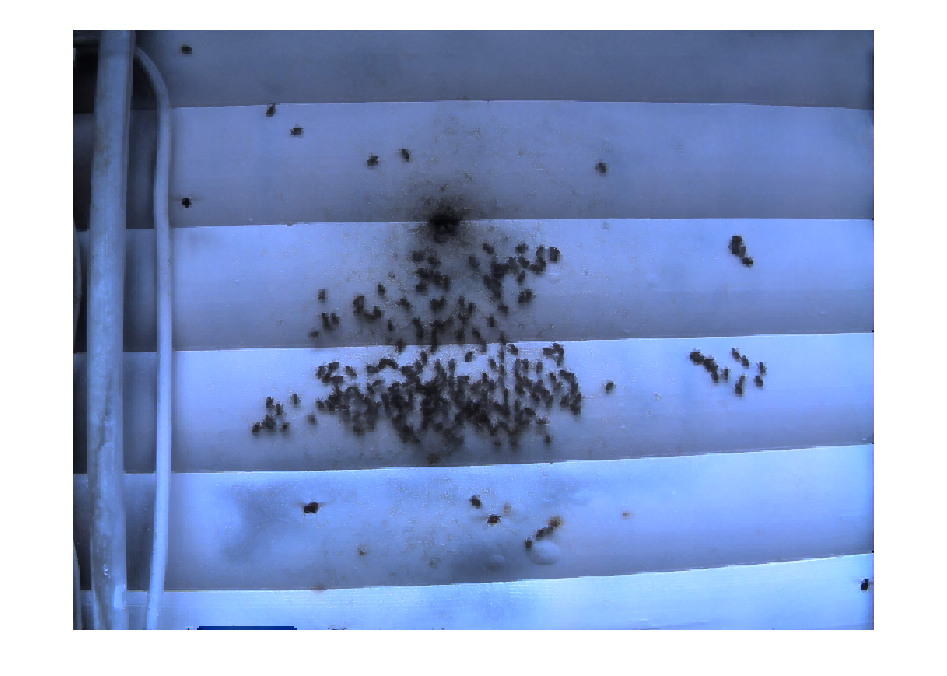
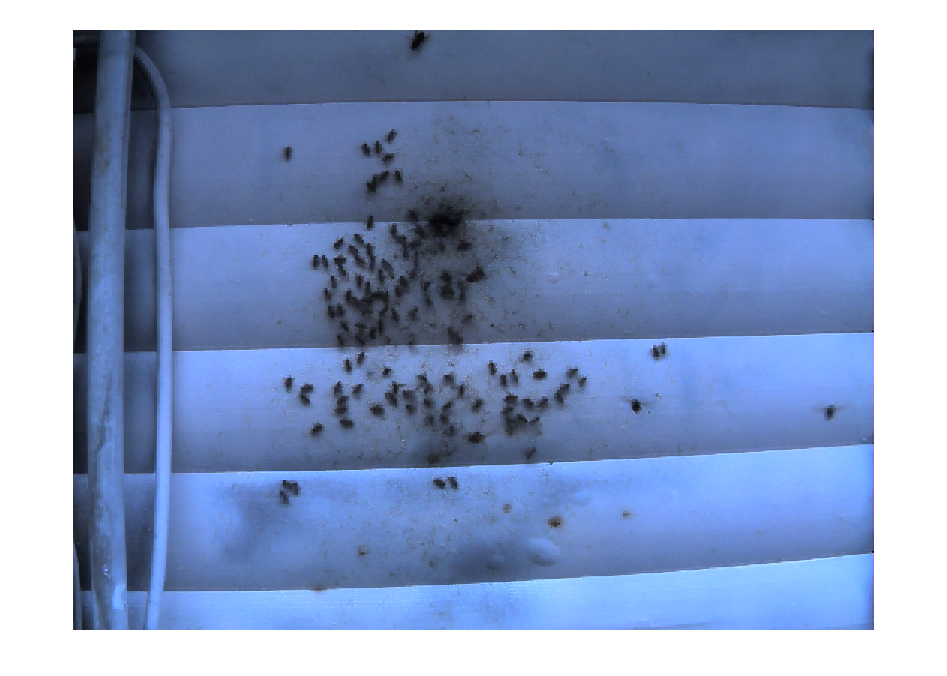 Window size 8 pixels overlap 3 pixels.
Window size 8 pixels overlap 3 pixels.


